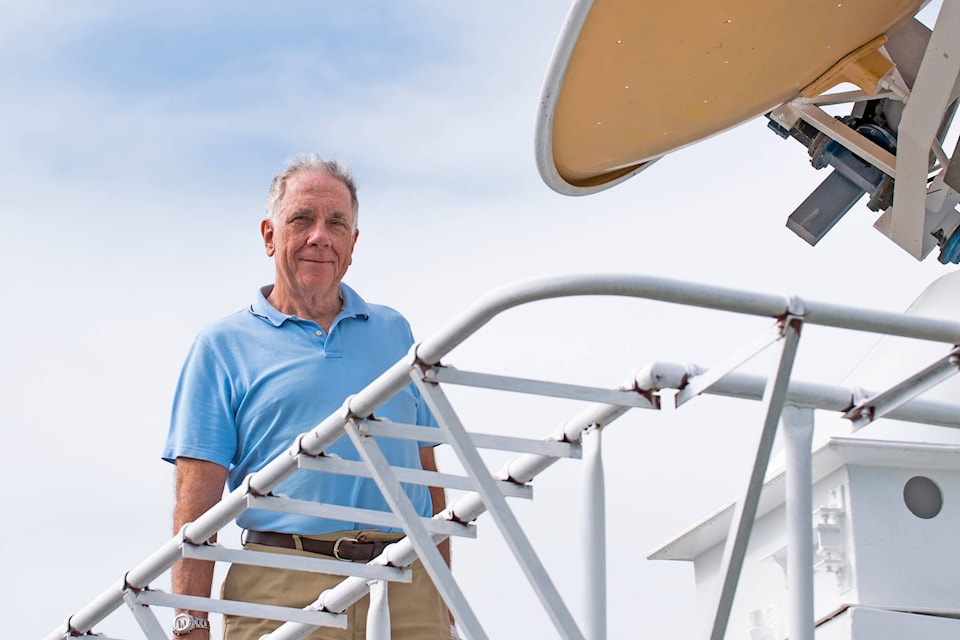Our galaxy, the Milky Way, is a great flat spiral structure containing billions of stars, countless planets, clouds of gas and dust, and many star forming regions where gas and dust clouds are collapsing to form new stars and planets.
Spiral galaxies are dynamic places. So far we have found a good number of earth-like planets in our galaxy, so it is very likely that the Earth is not the only planet populated by living things. How old is the Milky Way? When in the history of the universe did the first spiral galaxies like ours appear?
The oldest stars in the Milky Way are about 13.5 billion years old, compared with the almost 14 billion year age of the universe. However, that is not necessarily the age of the Milky Way. Our galaxy grew from small beginnings by absorbing its neighbours. It could have inherited old stars in the process. How far back in the history of the universe did the first spiral galaxies form? If they, like the Milky Way, had dust clouds, star forming regions, and almost certainly a multitude of planets, could there have been living things too?
The most distant object we will ever see with our unaided eye is probably the Andromeda Galaxy. It is a spiral galaxy, much like the one we live in, containing stars, gas and dust clouds, and almost certainly planets, and maybe living creatures. It lies about 2.5 million light years away; that is, its light takes 2.5 million years to get to us. A light year is the distance light travels in a year. Since light travels at almost 300,000 kilometres a second, the Andromeda Galaxy lies around 25e18 (25 followed by 18 zeros) kilometres away. We see it as it was 2.5 million years ago, and it seems to be very like our galaxy. Our telescopes show billions of galaxies, many of them spirals, extending out into space as far as we can see. The most distant spiral found so far lies in the constellation of Pegasus, the “Flying Horse,” and has been named Q2343-BX442, It lies at a distance of about 11 billion light years, which means we are seeing it as it was around 11 billion years ago. It is likely that everything going on now in our galaxy was happening in that distant spiral, 11 billion years ago. The universe is almost 14 billion years old. What was happening before?
The newly born universe was too hot and dense for anything to form, but about 380,000 years after the Big Bang things had cooled enough for the first atoms to form, almost all of them hydrogen. At that point the universe became transparent. We can see the radiation liberated at that moment as the Cosmic Microwave Background radiation. The universe before that time is hidden from us.
The first stars formed from that primordial hydrogen. They are too far off in time and space for us to see, but we can detect them by their effects on the surrounding gas. The first big wave of star formation happened about 180 million years after the Big Bang, roughly 13.8 billion years ago. This is pretty close to the age of the oldest stars in the Milky Way. It’s likely that those ancient stars were in galaxies of some kind — probably irregular assemblages of gas, dust and stars, which coalesced into the first spirals. It looks as though what we can call the “Modern Universe” actually got going soon after the Big Bang. The idea that there could be life among the stars of that distant Pegasus spiral, 11 billion years ago, is stunning. If today those beings are looking in our direction, they are seeing the Milky Way as it was 11 billion years ago, and maybe thinking the same thing.
Mercury and Venus lie very low in the sunset glow. Jupiter rises about midnight, Mars around 4 a.m. and Saturn at 5 a.m. The moon will reach First Quarter on March 24.
Ken Tapping is an astronomer with the NRC’s Dominion Radio Astrophysical Observatory, Penticton.
